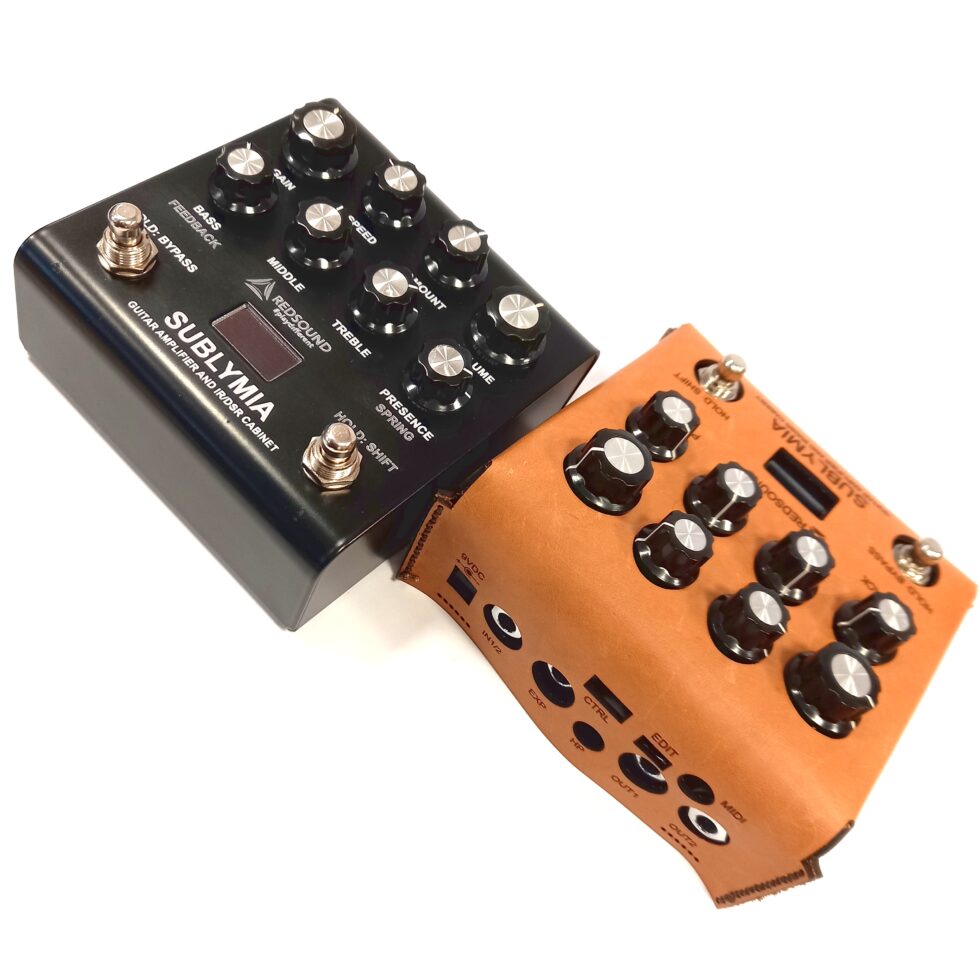D
Deleted member 490
Guest

Sublymia Guitar And Bass pedals | www.sknoteaudio.com
 www.sknoteaudio.com
www.sknoteaudio.com
This page looks to be almost a year old but it seems they'll start selling these soon.
Here's what they wrote on TGP:
Ok, I'm trying to be back on track. We have had such heavy times with development that I didn't have time for communicating. Totally wrong.
Software amps and pedals: they are fully working and used in one million projects, currently (and finally, argh) releasing the Apple-native versions.
R200 is a classic. So much fantastic feedback.
Hardware pedal: here we go:
Sublymia Hardware Guitar pedal
It is being released by Red Sound (I think you know their brand). We are close neighbours, both companies here on Etna volcano. We (SKnote) decided to manage the hardware guitar and bass line together with them (Red Sound), both to get wider foundations for management of the project and to be stronger and more solid (guitar and bass world is not a simple one, so much to compete with, so much background noise).
The final format, as you can see, is a small pedal. I love this format.
The internal structure is:
- Amplifier.
- Cabinet (loads the DSRs and models from Celestion's SpeakerMix! Finally out of the computer).
- A simple, meaningful set of effects. Modulations (UniVibe, Chorus, Flanger, Phaser, Ra200, real tremolo), ambient (room, spring, Carbon delay), performance (wah wah, pitch-shifting).
It is NOT a pedalboard. You CAN'T put 44 amps in parallel with a complex grid of 102 cabinets.
Select one amp (from clean to blues to hi-gain to modern) and tweak it, select a cabinet and tweak it, add an effect and some ambience if needed. Just play.
100% interested in discussion, please help me to be back in the discussions here.
- USB-MIDI in/out (e.g. extend the controls by a small MIDI floor controller).
- MIDI DIN in/out (e.g. synchronise cabinet changes with your pedalboard).
- Expression pedal port.
- 9V (Boss-style power supply).
- Two inputs (but ONE processing chain).
- Two outputs (managed separately, as stereo or independent, e.g. "live" to mixer, "life" to monitor).
- Outputs are electronically balanced and absolutely strong (go straight to FOH, no DI boxes on stage).
- Editor (for presets, etc.). Runs in a browser. No installations.
Last edited by a moderator:

